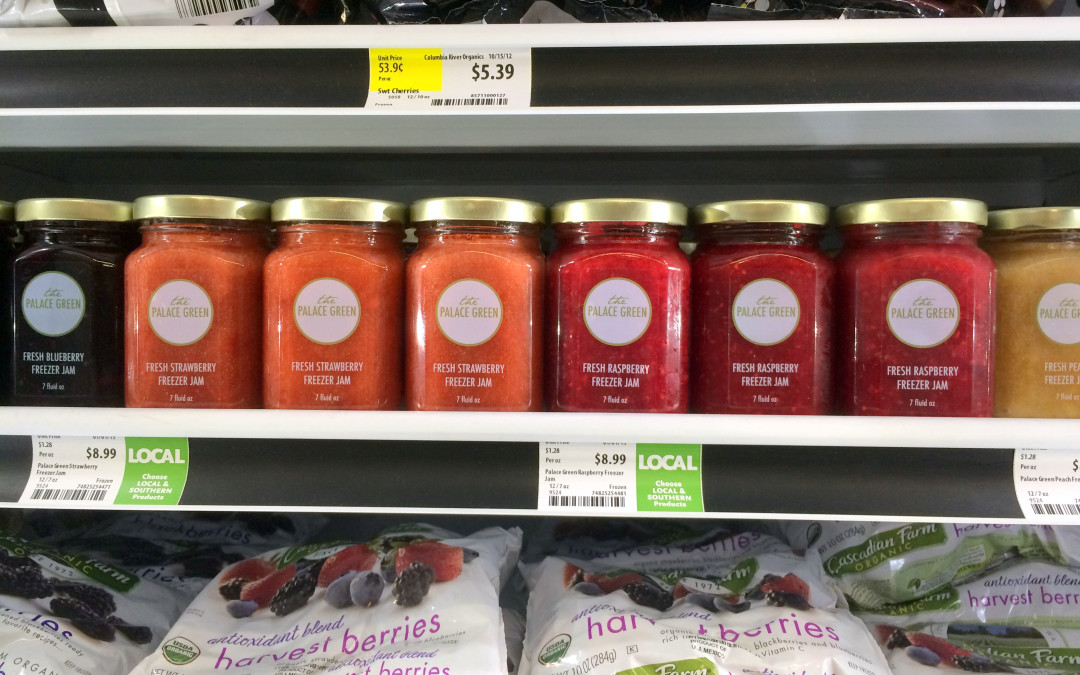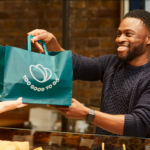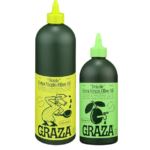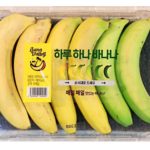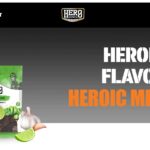In a traditional marketing class in college, you will learn about the 4 P’s of marketing. Price, Promotion, Product and Place. Most people understand the importance of the first three but place is often overlooked, misunderstood and gets lost in the conversation.
Where you sell matters.
Last week while shopping at Whole Foods in North Raleigh, I noticed a line of jams in the freezer. I have been around specialty food businesses for more than 30 years and never saw frozen jams.
Jams are not sold in the freezer, they are sold in a shelf-stable aisle along with other canned goods. But The Palace Green is different. A small business based in Cary, NC, this product has a story baked (well frozen) in place.
Your first question, in seeing this product is to wonder, why the heck is it in the freezer not on the shelf with other jams and preserves?
According to Mary, the owner, freezing helps preserve the freshness of the fruit in a way that boiling can’t. It’s unique and different and helps her products stand out from the crowd. Having a story to share is a key component of success in marketing a brand. People won’t to talk about something new and different that they notice. Sharing this on Facebook or Pinterest allows the person finding the product to be a discover of treasure. But it was the unexpected location of this product, that caught my attention.
Where do you sell your product and can you find a different location to market your goods or services?
Imagine the shoe repair shop that has a truck that rolls through your neighborhood on Saturdays and picks up (and delivers) shoes that need repair. Like the ice cream truck that visits in the summer, why not put your store on wheels and bring it out to the community. Change the assumption that customers have to come to you. This idea would work for a rolling farmers market or UPS-type shipping/gift wrapping store that comes into the neighborhood during the holidays.
Can you challenge assumptions from your category and find a way to use “place” or location as a meaningful point of difference? By disrupting the category and expectations, you suddenly notice things that might have blurred into the category.
Of course, retailers don’t make things easy. If you are selling wine, you are going to be in the wine section not placed next to the fresh grapes. But that doesn’t mean you shouldn’t try and find a way to be in an unexpected location. Seasonal stores like people who sell Xmas trees or July 4 fireworks end up in parking lots all the time. Can you push where you sell to a new dimension?
Taxi stands have been disrupted by apps on cell phones by Uber. Netflix eliminated the need for most people to go to physical stores like Blockbuster by delivering videos through the mail (and now by streaming). The place you go for these services has moved and location no longer is critical to these business models.
Ask yourself these three questions:
1. Where do people expect to find my goods and/or services? Where could I go and surprise customers?
2. If I bring my services to them, where can I go that won’t interrupt what they are doing and will fit with the environment? Don’t try to sell insurance outside of a movie theater – but if it’s a movie and insurance is a big part of the movie’s theme, perhaps there is a clever way to partner with the theater.
3. Can you sell through an unexpected channel of distribution? We used to distribute our brownies through flower distributors who went every day to convenience stores. We needed someone who was used to handling a product with special care. A flower distributor turned out to be an unexpected but helpful partner to get our product into a difficult to reach location Our product had no preservatives, just like the flowers.
So next time you are at a grocery store and find ice cream in the fresh produce section, I bet you’ll notice it because doesn’t ice cream belong in the freezer? What products have you seen in an unusual places that breaks with convention and helped you get out of a jam?
How can you change the place where your customers buy or use your product and get them to notice by being a little disruptive and unexpected? I’d love to hear your ideas in the comment section.
